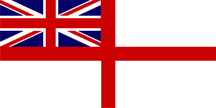
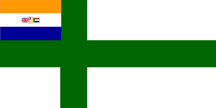
Naval Ensign, UK (fotw); Naval Ensign
South Africa 1952 – 1981 (fotw)
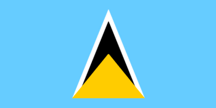
National Flag of St. Lucia (fotw)
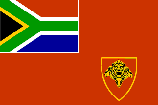

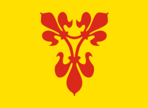

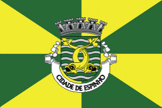

Flag and Emblem of the Army 2002 – 03,
South Africa (fotw);
Flag and Arms of Nærøy. Norway (Tomislav Šipek); Flag and Arms of
Espinho, Portugal (fotw)
Please note – not to be confused with two sets of arms, or elements from those arms, which are impaled by dimidiation – see 'dimidiated' and following note.
Please note that a ceremony of consecration – particularly that of some non-military colours - may also include the honouring of an individual with the title of God Parent to the flag involved - see ‘flag patron’).

Putative Banner of the Portuguese Knights Templar (fotw)
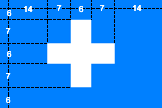
Construction/Specification Sheet for the National Ensign of Switzerland
![[UK consular flag]](../images/v/vxt-d568.gif)
![[UK consular flag]](../images/v/vxt-d568a.gif)
![[Thai consular flag]](../images/v/vxt-d2114.gif)
Consular Officer’s Flags Ashore and Afloat, UK (Graham Bartram); Consular Flag,
Thailand (fotw)
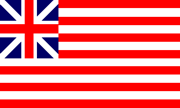
The Continental Colors, US (fotw)
Burgee of the Jedriliearski klub Split, Croatia (fotw); Squadron Commander’s Pennant c1929, Uruguay (fotw); Masthead Pennant, Croatia (fotw)
Notes
a) This is not an established term, but has been introduced by the
Editors as no properly accurate and established alternative could be found.
b) The Editors also consider that this term should be retained to
describe a pennant or streamer that narrows towards the fly, and that a rectangular flag
(as illustrated below) whose stripes narrow in the same way, whilst uncommon, should be
classed as having “expanding stripes” - see ‘expanding stripes’.

A Flag of Amarante do Maranhão, Brazil (fotw )



Three Convoy Flags/Fanions According to NATO Regulations (fotw)




